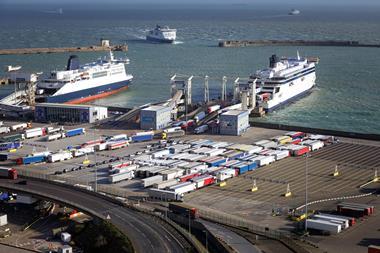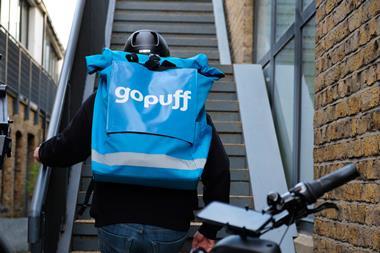MEs in the fmcg market are paying an average of 35% more than their larger rivals for transport services, logistics consultant Bisham has revealed on the back of its Tailgate Project work for the Department of Transport.
We all recognise that larger companies have greater bargaining power and can achieve legitimate volume discounts, but a 35% difference is excessive.
Part of the problem is that many smaller producers and retailers have no idea how much they should be paying for transport. Especially if they are entering new export markets or expanding their product range by sourcing from other countries.
And with logistics costs accounting for about 8% of the total cost of producing and selling a product, haven’t SMEs got more important things to worry about? Well, in these difficult times, every penny counts and logistics services can play an important role in gaining competitive advantage through cost reductions, better customer service and fewer emissions.
The importance that larger companies place on transport savings is evidenced through the growing number of supply chain directors winning places at board level. As a result, they are able to enter negotiations for transport services, backed up by reams of data and highly experienced buying teams. In contrast, SMEs often ring a couple of trusted transport suppliers to see what price they can offer, before settling on the cheapest of those.
The key to levelling the playing field is pricing visibility so companies can benchmark the rates they are paying against the general market. This information is not always easy to access, but at Freightex we produce data on freight rates on key UK-Europe trade lanes and display daily updates on our website. And the price checker gives even more detailed information when origin and destination are selected. Anyone is free to use this, which means that even those with fewer resources can negotiate rates from a stronger position.
SMEs will, in most cases, always have to pay more than their larger rivals, but the rates should be only about 10% higher for Full Truck Load freight, not the average 35%.
Pricing visibility is essential to ensure our SMEs have the best opportunity to grow.
Sign in to comment on this article
Not logged in before? Register for FREE guest access today.
You will be able to:
- Read more stories
- Receive daily newsletters
- Comment on stories
Advert















No comments yet